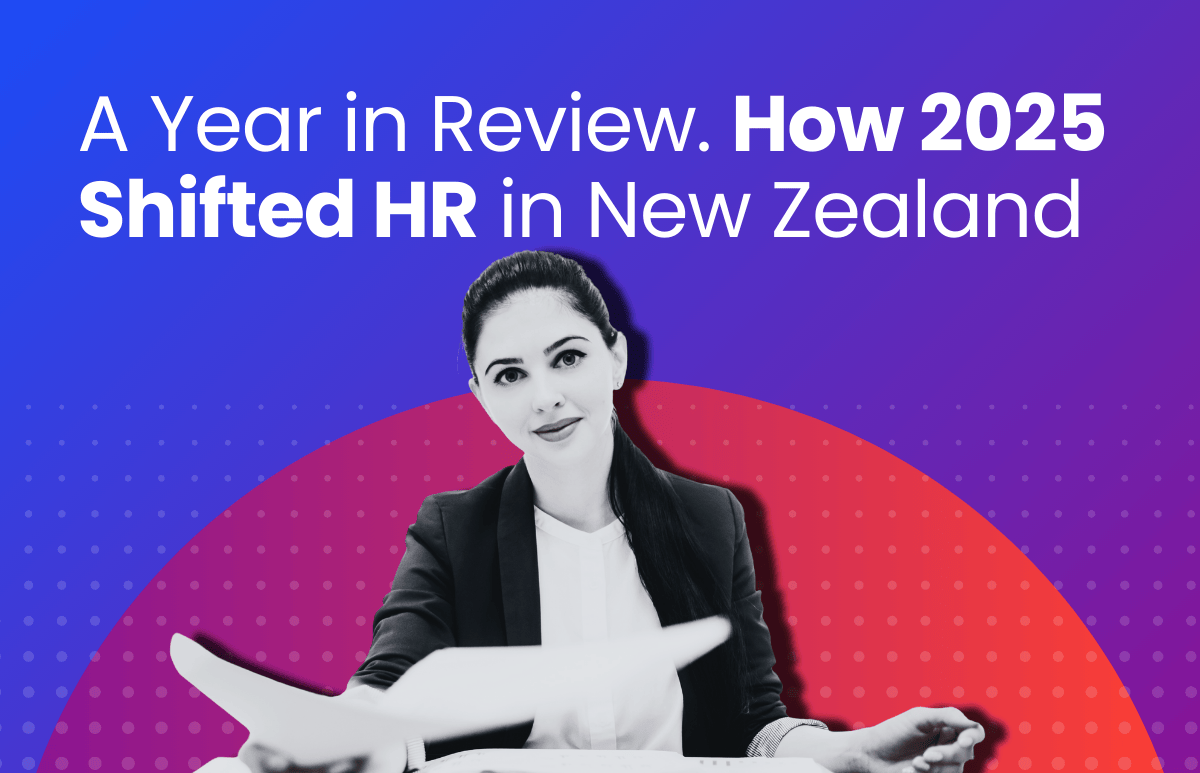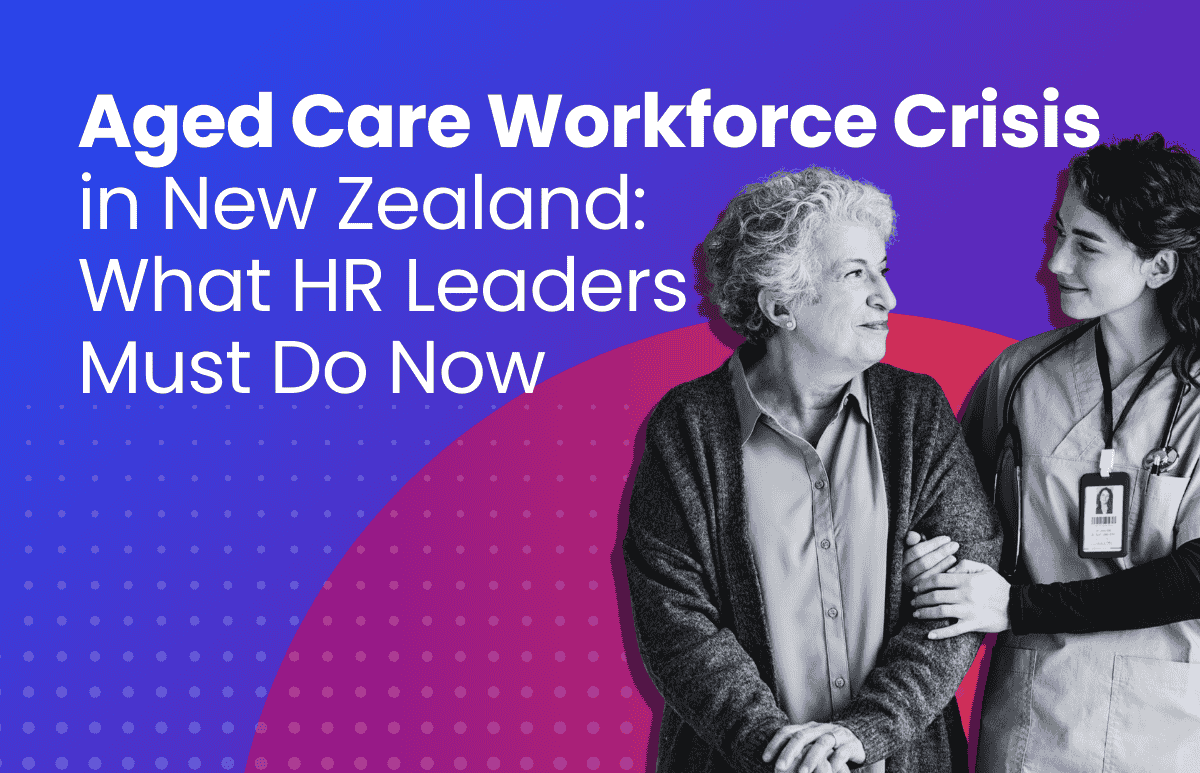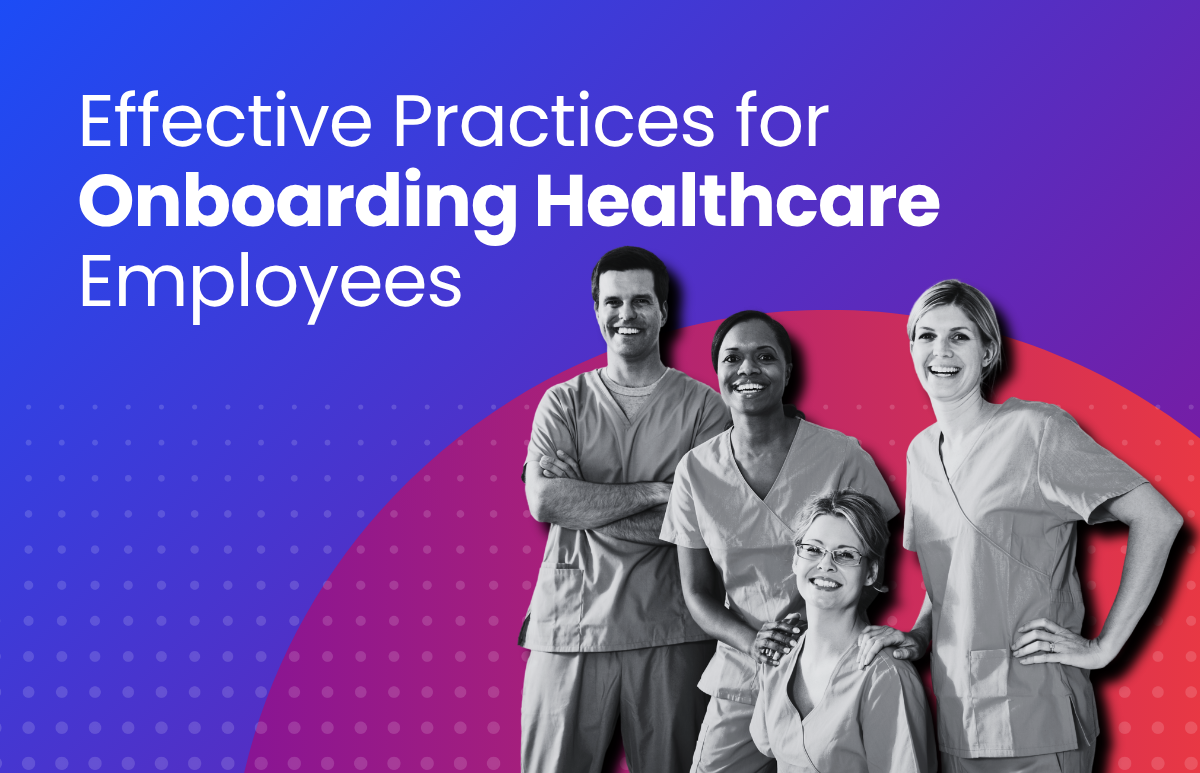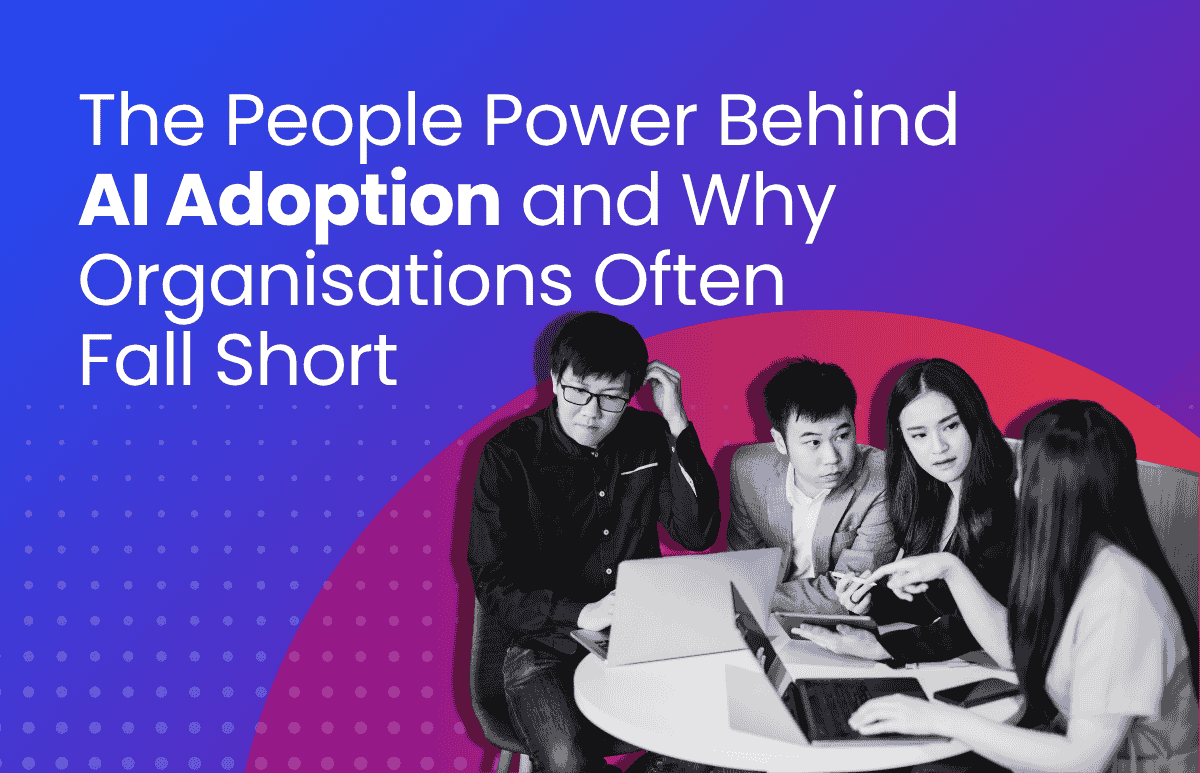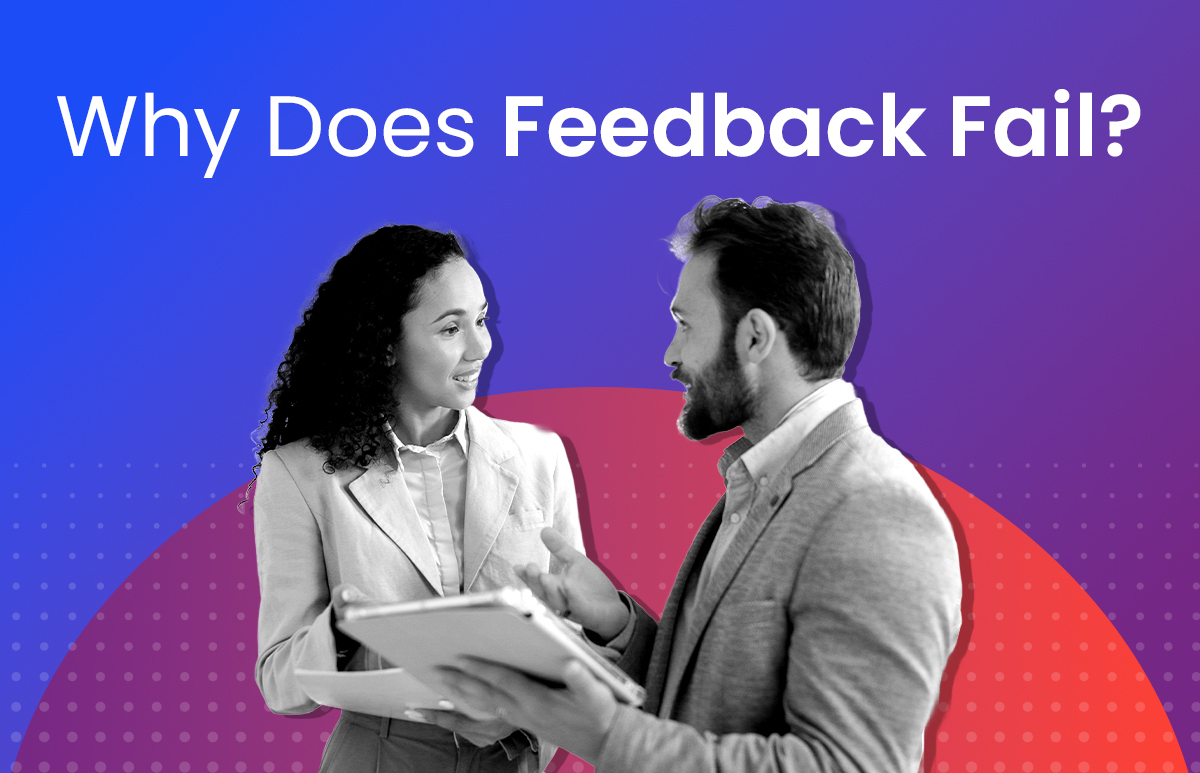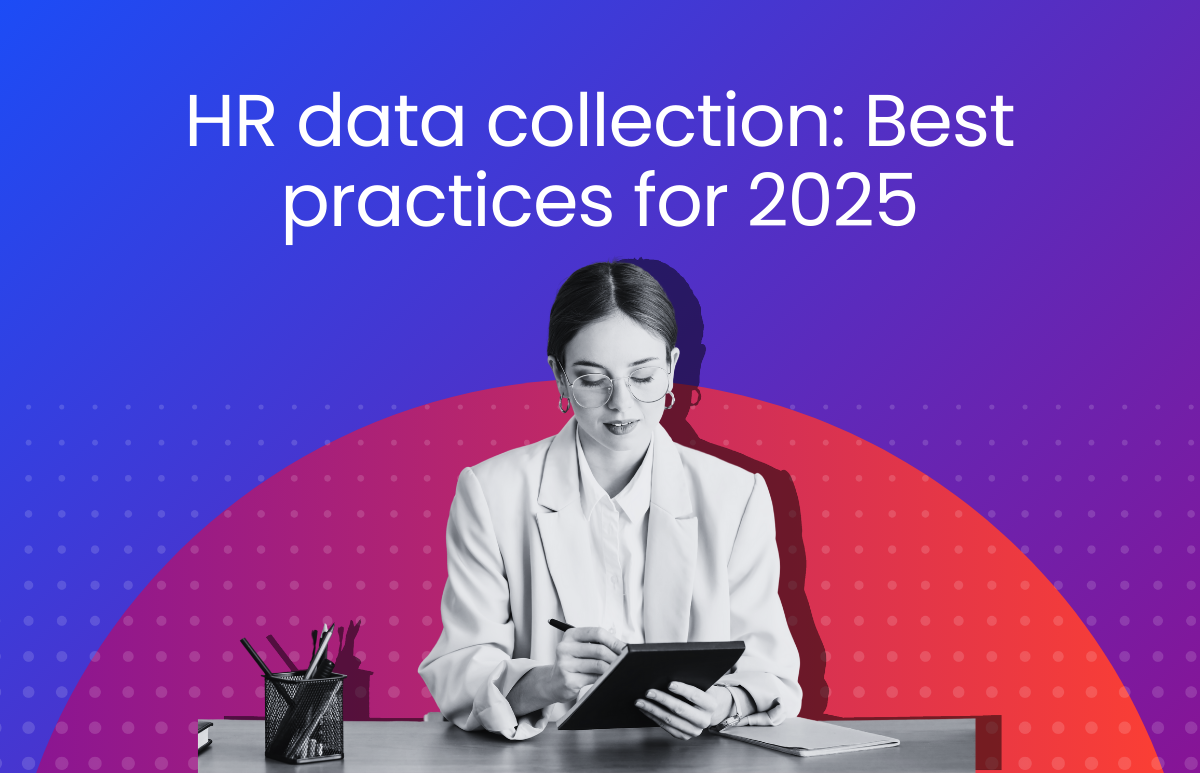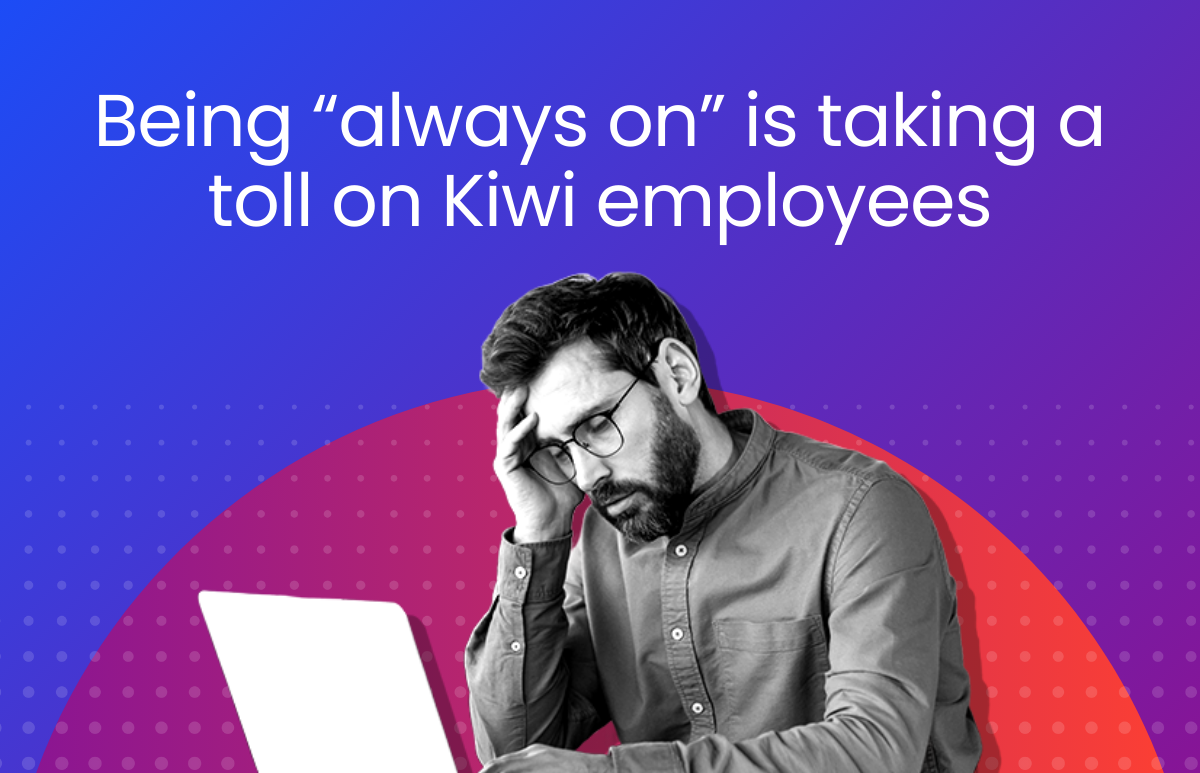Human Resource Planning: HR Guide
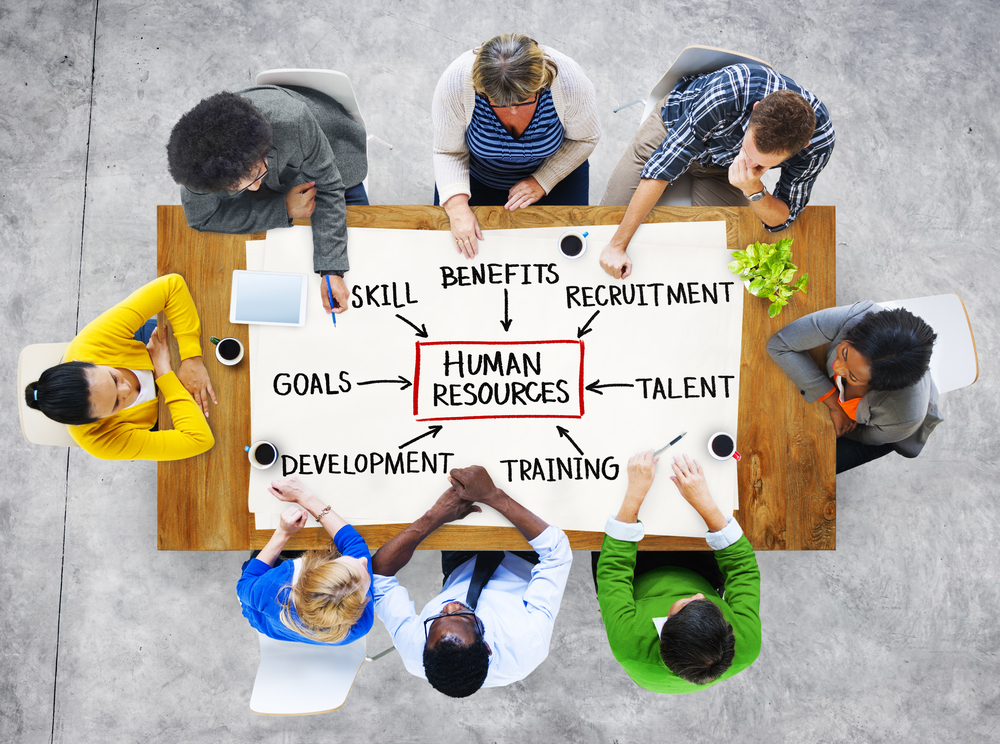
Human Resource Planning (HRP) is the strategic process of analysing, forecasting, and fulfilling a company’s future talent needs to achieve its strategic goals and ensure long-term success. Essentially, it’s a proactive approach to managing employees by predicting future needs and ensuring you have the right people in the right roles at the right time.
Core objectives of HRP
1. Anticipate future workforce needs
This involves predicting the skills, competencies, and headcount you’ll need to achieve your future goals and navigate market changes.
2. Bridge the gap between current and future needs
Once you understand future needs, HRP focuses on filling any skill gaps and preparing your existing workforce for future roles. This could involve recruitment, training, internal promotions, or a combination of strategies.
3. Optimise workforce performance reviews and cost
Ultimately, HRP aims to create a workforce that is both effective and efficient. This means having the right people in the right roles, aligned with your goals while minimising unnecessary costs associated with talent shortages, high turnover, or latent skills.
HRP benefits and why it is essential for organisational success
- Improved performance and increased productivity: Having the right skills requirements and talent in place leads to better results.
- Reduced costs: Avoiding talent shortages and high turnover saves money.
- Enhanced employee engagement: Planning professional development empowers employees to feel valued and supported.
- Increased flexibility: You’re better prepared to handle changes in the market or your industry.
HRP is an ongoing process, but with the right approach, it can be your secret weapon for building a future-proof, high-performing workforce.
What is the HRP process and the key steps involved?
Human Resource Planning Process (HRP process), acts as a road map for organisations to anticipate and fulfil their future talent needs.
1: Analyse your current workforce:
- This involves taking stock of your existing talent pool, including skills, competencies, demographics, and potential limitations.
- Tools like strategic skills assessment, skills audits, and age distribution charts help paint a clear picture of your strengths and weaknesses.
- Identifying any skill gaps or potential future imbalances is crucial for informed planning.
2: Forecast future needs:
- Look ahead to understand your company’s strategic goals, predicted growth, and industry trends.
- Consider factors like market forecasts, competitor analysis, and technological advancements to predict the skills and talent you’ll need in the future.
- This forecasting helps you prepare for upcoming challenges and opportunities.
3: Develop HR strategies:
- Build a roadmap to bridge the gap between your current and future workforce, based on research and predictions.
- Consider options like targeted recruitment processes, internal training programs, upskilling initiatives, or outsourcing solutions.
- This stage is where you decide how to address skill gaps, develop existing talent, and attract new hires.
4: Implement and monitor:
- Put your chosen strategies into action by setting timelines, assigning responsibilities, and measuring progress.
- Track key performance indicators (KPIs) like time-to-fill, training session completion rates, and employee turnover to assess the effectiveness of your plan.
- Regular monitoring allows you to identify and address any issues that might hamper your progress.
5: Refine and adjust:
- Remember, HRP is not a one-time event but an ongoing process. Be prepared to adjust your strategies based on feedback, market changes, and unforeseen circumstances.
- Maintaining flexibility and agility ensures your talent bridge stays on track towards your future goals.
Invest in these HRP steps, embrace change, and build a workforce that conquers challenges and drives your organisation forward.
Choose the elements that resonate most with your goals and build your customised roadmap for talent success.
What are the key concepts in HRP?
The world of HRP (Human Resource Planning) buzzes with various key concepts that fuel its effectiveness. Here are some of the most crucial ones:
1. Succession planning
This proactive approach ensures a smooth transition when key personnel retire or move on. It involves identifying promising internal candidates, providing them with development opportunities, and preparing them to take on leadership roles.
2. Talent management
Attracting, developing, and retaining high-performing individuals is the lifeblood of any organisation. Talent management encompasses strategies like recruitment, talent acquisition, performance management, career development, and employee engagement, all geared towards nurturing a top-notch workforce.
3. Workforce analytics
In today’s data-driven world, workforce analytics emerges as a powerful tool for HRP. Using analytics, you can gain valuable insights into your workforce, identify trends, predict future needs, and make informed decisions about HR strategies.
4. Development needs assessment
This crucial step involves identifying the discrepancy between your existing skills and competencies and those required for your future goals. By pinpointing specific skill gaps, you can then develop targeted strategies to address them, like recruitment, training, or upskilling initiatives.
5. Workforce forecasting
Looking into the future, workforce forecasting predicts your future talent needs based on factors such as your strategic goals, projected growth, industry trends, and technological advancements. This helps you stay ahead of the curve and prepare for what’s coming.
6. Cost-effectiveness
By effectively planning your future workforce needs, you can avoid costly issues like high turnover, talent shortages, and mismatched skills, ultimately promoting financial efficiency.
7. Employee engagement
Investing in employees’ potential and linking it to the company’s vision fuels their engagement and propels them forward. HRP that considers employee aspirations and career paths fosters a more motivated and productive workforce.
8. Resilience
A future-proof organisation needs a sustainable workforce. HRP ensures the continuous renewal of skills and knowledge within the organisation through talent development, succession planning, and internal promotions. This leads to long-term stability and growth.
9. Technology and automation
HRP can benefit greatly from technological advancements like HR software, recruitment platforms, and training tools. Automation can streamline processes, save time, and enhance the effectiveness of your HRP efforts.
10. Flexibility and agility
Be prepared to adjust your HRP strategies as needed based on unexpected challenges, changing market conditions, or feedback from your workforce. Maintaining agility ensures your talent bridge remains firmly planted towards your ever-evolving goals.
These key concepts are the building blocks of effective HRP. By understanding and integrating them into your planning process, you can build a future-proof workforce that drives your organisation towards success.
What are the challenges and considerations in HRP?
The path of HRP, while paved with promising potential, is not without its bumps and obstacles. Navigating these challenges and considerations requires constant vigilance and strategic adjustments.
Here are some key hurdles you might encounter:
Uncertainties of the future
Predicting the future is no easy feat, and HRP often grapples with the inherent uncertainties of market shifts, technological disruptions, and unforeseen events. These uncertainties necessitate flexibility and the ability to adapt your plans quickly to stay on track.
Cost and resource constraints
Balancing your HRP aspirations with budgetary limitations and available resources can be a delicate dance. Concentrating on your needs, seeking cost-effective solutions, and leveraging technology can help bridge the gap and ensure maximum impact with your resources.
Employee resistance to change
Implementing even the most well-intentioned HRP plan can sometimes meet resistance from employees who fear change or disruption to their established routines. Effective communication, clear explanations, and employee involvement in the process can help overcome this resistance and foster buy-in.
Compliance with labor laws and regulations
The ever-evolving landscape of labour laws and regulations adds another layer of complexity to HRP. Staying up-to-date with these changes and ensuring your plan adheres to them is crucial to avoid legal repercussions and ensure a smooth implementation.
Attracting and retaining top talent
In a competitive talent market, attracting and retaining high-performing individuals can be a constant challenge. Offering competitive compensation packages, fostering a positive company culture, and work-life balance and providing training and development opportunities are essential factors for success in this domain.
Integrating technology effectively
While technology can be a powerful tool for HRP, integrating it effectively requires careful planning and consideration. To successfully implement new technologies, you need to address concerns about data privacy, challenges with user adoption, and upskilling your workforce.
Measuring and evaluating success
Determining the effectiveness of your HRP plan is crucial for making adjustments and demonstrating its value. To improve your plan and make sure it works, regularly check progress, get feedback, and set clear goals.
Remember:
- Challenges shouldn’t be roadblocks; they should be opportunities for creative solutions and strategic refinement.
- Embrace transparency and open communication with your workforce to build trust and address concerns.
- Stay agile and adaptable to navigate unforeseen changes and ensure your HRP remains relevant.
- Always monitor progress, evaluate results, and adjust your plan as needed for optimal success.
Proactively address challenges with foresight, flexibility, and strategic planning. Transform HRP into a powerful instrument for crafting your ideal workforce. Embrace vision, flexibility, and strategic planning to build a team that thrives in the future. The road to successful HRP is a continuous journey, but the rewards of a well-equipped and aligned workforce are worth the effort.
Takeaways about HRP:
- HRP is not a one-time event, but an ongoing process. Always analyse, forecast, and adapt your strategies to stay ahead of the curve.
- Embrace flexibility and agility. The future is uncertain, so be prepared to adjust your plan based on market changes and unforeseen circumstances.
- Leverage data as a strategic partner in achieving your business objectives. Leverage workforce analytics, market trends, and competitor insights to make informed HR decisions.
- Prioritise employee satisfaction and retention for future success. Attract, develop, and retain top talent through effective recruitment, training, and career development initiatives.
- Technology can be a powerful tool. Explore HR software, recruitment platforms, and automation tools to streamline processes and enhance your HRP efforts.
- Communication is key. Keep your employees informed and involved in the HRP process to build trust and foster engagement.
- Compliance is crucial. Stay up-to-date with labour laws and regulations to avoid legal repercussions.
Resources for further learning about HRP:
- Professional organisations: Society for Human Resource Management (SHRM), Human Resource Planning Society (HRPS)
- Online courses and certifications: HR Certification Institute (HRCI), LinkedIn Learning
Tailor your strategies to your specific organisational needs and adapt as needed. By always learning and growing, you can build a future-proof workforce that drives your organisation towards success.
 HR Core
HR Core 